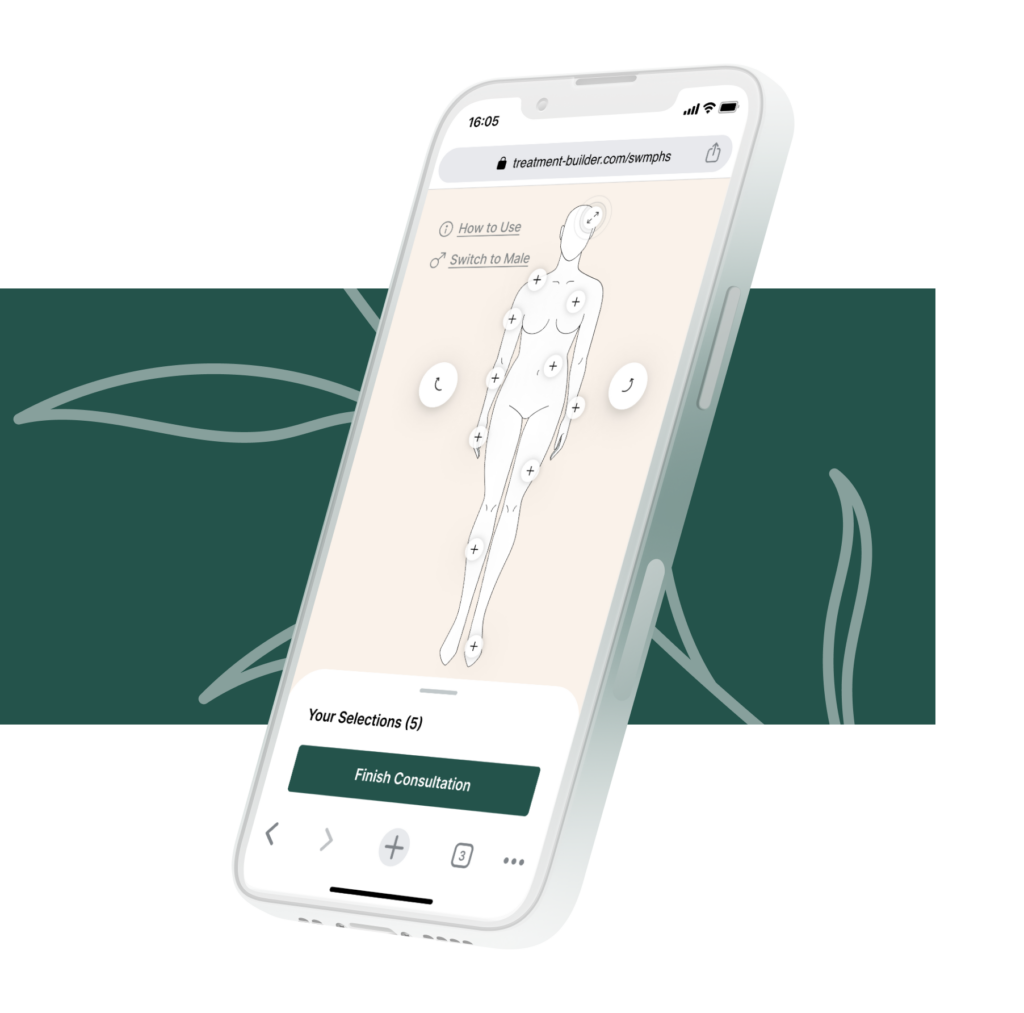
Tummy Tuck Recovery Timeline: Here’s What to Expect
Tummy tucks are a cosmetic procedure that can help remove excess skin and fat from the abdominal area. Abdominoplasty surgeries can offer a smoother, more contoured appearance, which can be particularly beneficial after significant weight loss or childbirth. While the prospect of a flatter stomach is exciting, recovery after the procedure is a crucial part that often comes with questions and uncertainties.
At Southwest Michigan Plastic and Hand Surgery, our surgeon, Dr. Raghu Elluru, is a board-certified plastic surgeon with extensive experience in tummy tucks. We understand that knowing what to expect during tummy tuck recovery can help ease concerns, and that’s why we’re here to provide a detailed timeline for a more informed experience.
What Is a Tummy Tuck?
A tummy tuck or abdominoplasty is a surgery that helps you get rid of extra skin and fat around the belly area while tightening and recontouring the abdominal muscles. It is a way to restore your midsection, especially if you have tried diet and exercise and aren’t seeing the results you want. During a tummy tuck procedure, excess skin is removed, muscles are sutured together to create a tighter abdominal wall, and the belly button is often repositioned.
Reasons for Choosing a Tummy Tuck
Loose or Sagging Abdominal Skin
One of the primary reasons people opt for abdominoplasty surgery is to address loose or sagging skin on the abdomen. This condition can be a result of significant weight loss, aging, or previous surgeries. A tummy tuck effectively removes this excess skin, offering a firmer, more streamlined appearance.
Stubborn Fat Pockets
Sometimes, diet and exercise are not enough to eliminate localized fat deposits in the abdominal area. A tummy tuck can offer a solution by removing these stubborn fat pockets. This is particularly beneficial for those who are close to their ideal weight but need help sculpting the abdomen to their desired shape.
Weak or Separated Abdominal Muscles
Pregnancy, weight gain, hormone changes, and more can put pressure on abdominal muscles causing them to separate or weaken. These issues can lead to an undefined or bulging abdomen that doesn’t respond well to exercise alone. During a tummy tuck procedure, these muscles are sutured together, tightening the abdominal wall and resulting in a more contoured midsection.
Types of Tummy Tucks and How They Can Affect Recovery
Mini Abdominoplasty
A mini abdominoplasty focuses on the area below the belly button, removing excess skin and possibly tightening muscles in that specific region. This type of tummy tuck is less invasive compared to a full abdominoplasty and usually involves a shorter incision. Because of its limited scope, the recovery time is generally shorter.
Full Abdominoplasty
A full abdominoplasty addresses the entire abdominal area, including both the upper and lower abdomen. This procedure is more comprehensive and may involve repositioning the belly button and tightening abdominal muscles along the entire wall. Due to the extent of the surgery, tummy tuck recovery for a full abdominoplasty is generally longer, usually requiring two to four weeks for initial recovery and potentially more time for complete healing.
Your Tummy Tuck Recovery Timeline
Preoperative Preparations
Successful abdominoplasty recovery starts well before the surgery itself. Your preoperative preparations will likely include a detailed consultation to discuss your medical history, goals, and any concerns. Additional medical tests may be conducted to ensure you’re a good candidate for the procedure. Diet and lifestyle adjustments, such as quitting smoking and avoiding certain medications, can also enhance your surgical outcomes and recovery process.
During Your Surgery
Your tummy tuck will take place in one of two accredited ambulatory surgical facilities located near our office. This allows us to combine the safety protocols of a hospital setting with a reduced risk of exposure to hospital bacteria. We collaborate exclusively with board-certified anesthesiologists, and many of the people who will be in your operating room team have been working with us for over a decade.
Immediate Postoperative Period
Immediately following your abdominoplasty surgery, you can expect to be in a recovery room where your vital signs will be closely monitored. The level of postoperative pain varies from person to person but is generally manageable with prescribed medication. You will likely have drainage tubes to remove excess fluid, and the treated area will be wrapped in bandages or a compression garment. The duration of your stay at the surgery center depends on various factors, including the extent of the surgery and your overall health.
Week 1: Initial Recovery
The first week after your tummy tuck surgery is crucial for setting the stage for successful healing. Pain management will be a top priority and will usually involve taking your prescribed medications. Mobility will be limited — you’ll find that you can only walk bent over initially. Despite the discomfort, it’s important to do light exercise like walking to the bathroom or around the house, even if staying in bed seems more appealing. Activity restrictions are in place to ensure optimal healing.
Weeks 2-3: Early Recovery Phase
During the second and third weeks of your tummy tuck recovery, you’ll continue with wound care and may slowly introduce light activities as advised by your surgeon. Follow-up appointments will be scheduled to monitor your progress and remove drainage tubes. Stitches may also be removed or begin to dissolve, depending on the type used in your surgery.
Weeks 4-6: Feeling Better
By the fourth week post tummy tuck procedure, you’ll likely start feeling more like yourself. You can gradually add a few more exercises to your routine and possibly return to work, depending on your job’s physical demands and your surgeon’s advice. Remember, though, that complete healing is a gradual process, and it’s important to not rush back into strenuous activities.
Weeks 6 and Beyond: Long-Term Recovery
After the sixth week following your tummy tuck surgery, you’ll likely notice a slow reduction in swelling and can start to see the more permanent results of your procedure. It’s usually around this time that you can add back all of your normal activities, but always consult your surgeon before resuming any high-impact or strenuous exercise.
Learn More About Tummy Tuck Recovery With a Consultation
Understanding what to expect during tummy tuck recovery can alleviate many concerns and help you prepare for a successful postoperative experience. If you’re considering a tummy tuck and want to know more about the recovery process, you can reach out to us at Southwest Michigan Plastic and Hand Surgery in Portage, MI. Call us at (269) 280-2311 or fill out our online form to schedule a personalized consultation today.


